2011 SMART Ottawa
April 15, 2011
SMART Remediation talks have focused on innovative technologies for remediating contaminated sites, approaches for site characterization, project case studies, regulatory and industry perspectives, and other related topics.

The 2nd SMART Remediation conference was held in Ottawa on Friday, April 15th, 2011. Details on the speakers and presentations are provided below.
Speakers
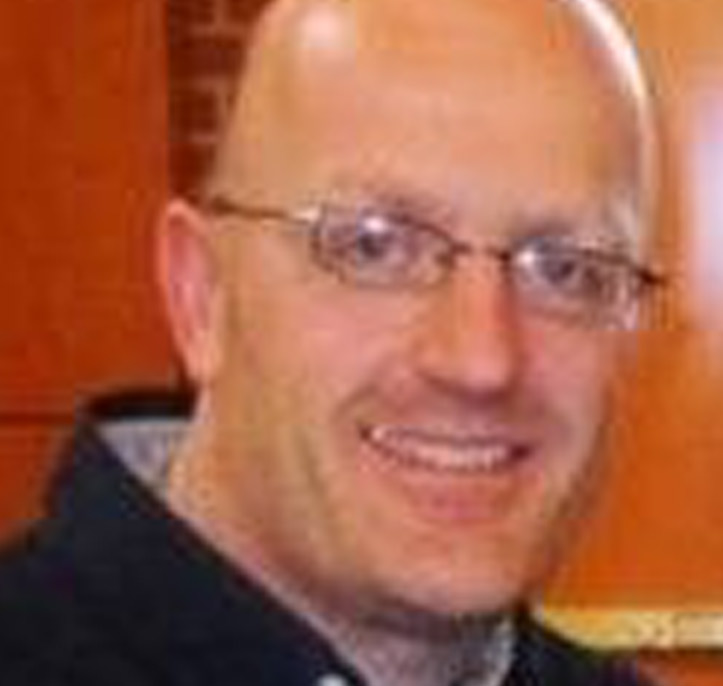
Grant R. Carey,
Porewater Solutions
Grant R. Carey
Dr. Grant Carey is President of Porewater Solutions, and is expert in mathematical modeling, NAPL characterization, and environmental forensics, with a focus on both litigation and regulatory projects. Grant has a Ph.D. in Civil Engineering from the University of Guelph, and has developed industry-leading modeling and visualization software including In-Situ Remediation MT3DMS (ISR-MT3DMS) for optimizing remediation and modeling diffusion-dominated transport, as well as Visual Bio, the NAPL Depletion Model, Vapor-2D, BioRedox-MT3DMS, and the Remediation ToolKit which includes SEQUENCE, BioTrends, and BioTracker. Grant is also an Adjunct Professor in the Department of Civil Engineering at the University of Toronto, where he is collaborating on research related to back-diffusion, long-term strategies for remediating complex sites, and remediation of PFAS and 1,4-dioxane. Grant has published or delivered more than 90 technical papers and short courses, and was previously a trainer for ITRC web seminars on Mass Flux/Mass Discharge, and Remediation of Contaminated Sediments.
Influence of Back-Diffusion on Remediation Success
During the remediation of older sources, a process referred to as back-diffusion in soils or matrix diffusion in fractured rock can create secondary sources that may significantly increase the remediation timeframe. For example, studies have shown that even when a source is completely isolated with physical barrier walls, the back diffusion of contaminants previously stored in silt or clay lenses downgradient of the source zone may cause sustained groundwater concentrations above cleanup criteria. This session describes the basic processes involved with back-diffusion and matrix diffusion, and presents example case studies where the reduction of remedial effectiveness has been measured in the field. Approaches for characterizing the potential extent to which this process may occur at a site are discussed, as well as options for evaluating how this diffusion process may influence remediation success.
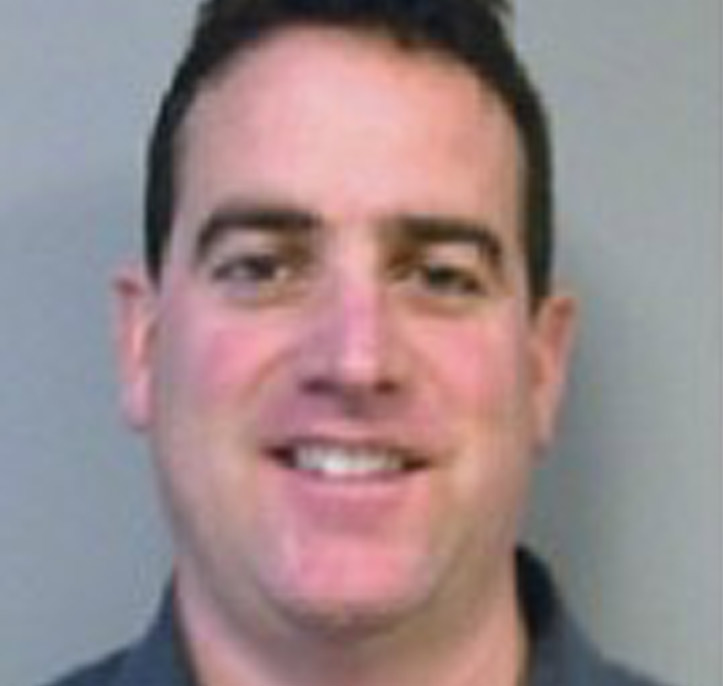
Mark Seaman P. Eng.,
Quantum Murray LP
Remediation Case Study: Use of the Electro-Thermal Dynamic Stripping Process™ for the remediation of a TCE plume at a former manufacturing facility in Peterborough, ON
Mark Seaman P. Eng.
Mark is a Senior Project Manager with Quantum Murray LP, one of Canada’s leading environmental and site decommissioning contracting companies. Mark holds a B.Sc. and M.Sc in Civil Engineering from Queen’s University and is a Licensed Professional Engineer in Ontario with over 16 years of experience in soil and groundwater remediation. Mark has extensive experience with a variety of remedial techniques from in-situ remediation to complex design-build soil excavation projects.
Remediation Case Study: Use of the Electro-Thermal Dynamic Stripping Process™ for the remediation of a TCE plume at a former manufacturing facility in Peterborough, ON
Quantum Murray LP is currently completing the remediation of a TCE soil and groundwater plume at the former OMC manufacturing facility in Peterborough, Ontario using the Electro-Thermal Dynamic Stripping Process (ETDSP ™), developed and licensed by McMillan –McGee Corporation of Calgary Alberta. This process involves heating soil in the saturated and unsaturated zones by passing current between electrodes buried in the soil, with simultaneous circulation of water through the electrodes in order to transfer heat by convection. The temperature increase results in an increase in the vapour pressure of the contaminant compounds which essentially leads to the volatilization (i.e. converted to gas or vapour) of each of the target compounds. The vapours, groundwater and NAPL are simultaneously collected and treated with a high vacuum multi-phase extraction system. This presentation will provide an overview of the site conditions and a summary of the remedial technology evaluation process leading to the decision to select ET-DSP™ as the preferred remedial option for this site. A detailed description of the process and some early performance data will be presented.
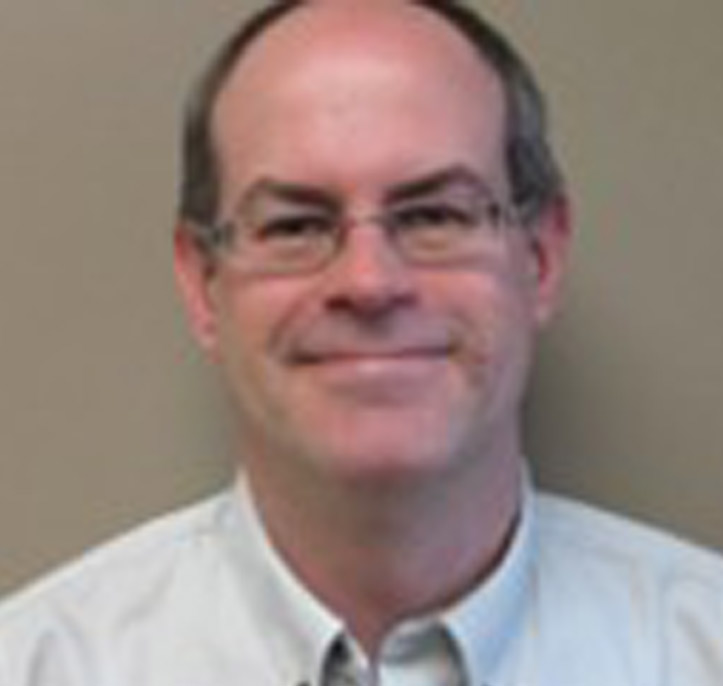
Rick McGregor M.Sc., MBA, CGWP, P.Geo.,
Vertex Environmental Inc.
Rick McGregor M.Sc., MBA, CGWP, P.Geo.
Rick McGregor is a hydrogeologist with Vertex Environmental Inc., has over 18 years experience in groundwater and soil assessment and remediation, and has worked in over 30 countries. Rick holds a M.Sc. from the University of Waterloo in hydrogeology and geochemistry and is a Certified Ground Water Professional in Canada and the United States. He is a Licensed Professional Geoscientist in Ontario. Rick has extensive experience with a variety of remedial techniques including in-situ chemical oxidation and reduction, having designed and implemented over 200 in situ programs. He has authored over 40 technical papers and has been an invited speaker at numerous conferences and workshops for the assessment, protection and remediation of groundwater. He has a MBA and over 15 years experience managing projects with budgets greater than $10 million.
The Use of Laser-Induced Fluorescence for Detailed Source Zone Characterization
Laser-induced fluorescence (LIF) can be used to characterize subsurface source zones that contain contaminants that comprise or include polycyclic aromatic hydrocarbons (PAHs), such as gasoline, diesel fuel, jet fuel, and hydraulic fluids. A specialized probe, advanced by direct push methods, emits light through a window in the probe. The PAHs fluoresce, meaning that they absorb the light and emit a light of a longer wavelength. This response is measured by the probe in real time. The quick response of the technology typically allows characterization of between 100 and 150 linear meters in 2.5-cm increments, at between 10 and 20 locations, per day. This provides very detailed information about the extent of the pure phase impacts in a timely manner. The technology works in both saturated and unsaturated environments. Such detailed information is very helpful in increasing the accuracy of source zone characterization, and allows for more efficient remediation to take place. This approach can be used at petroleum hydrocarbon sites such as gas stations and bulk storage terminals to define free product location(s).
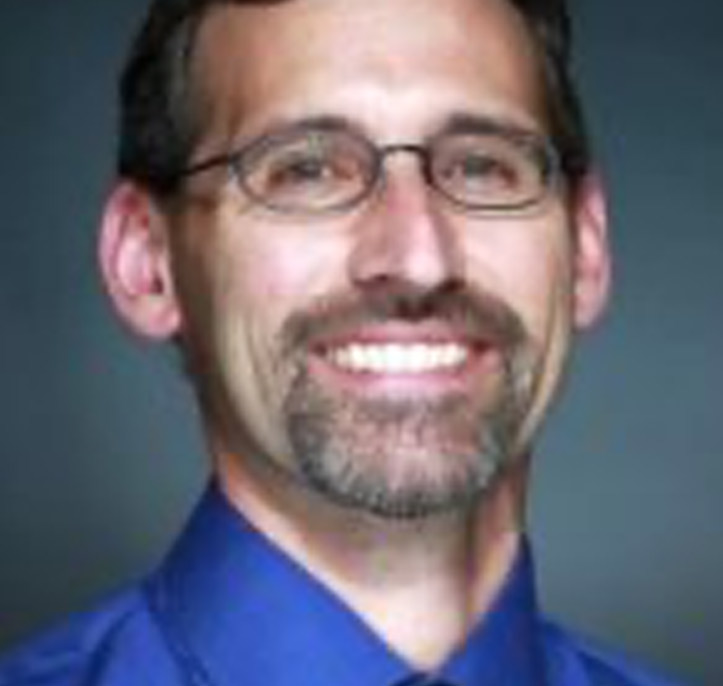
Bruce Tunnicliffe,
Vertex Environmental Inc.
Bruce Tunnicliffe
Mr. Tunnicliffe is President of Vertex Environmental Inc., and is an Environmental Engineer with years of experience designing and implementing remediation of chlorinated solvents and petroleum hydrocarbons. Having worked on many hundreds of in-situ projects, Mr. Tunnicliffe has extensive experience on innovated assessment tools and in-situ remediation techniques. Mr. Tunnicliffe holds a Master’s degree from the University of Waterloo, has authored many publications, and has presented at numerous conferences.
Soil Variability Implications for ISCO Remediation
Spatial variability can introduce uncertainty during the design and implementation of remediation programs, especially with in-situ remedial programs (i.e. chemical oxidation, pump and treat, iron walls, etc). Obtaining an understanding of the distribution and mass of the contaminant is paramount to remedial success. This talk will provide examples of data collected from various sites, and present case studies to demonstrate the effect of different sampling strategies and methods and their effect on the in-situ program’s outcome. Drawing on experience gained from having conducted hundreds of in-situ projects, recommendations for data collection will also be made.
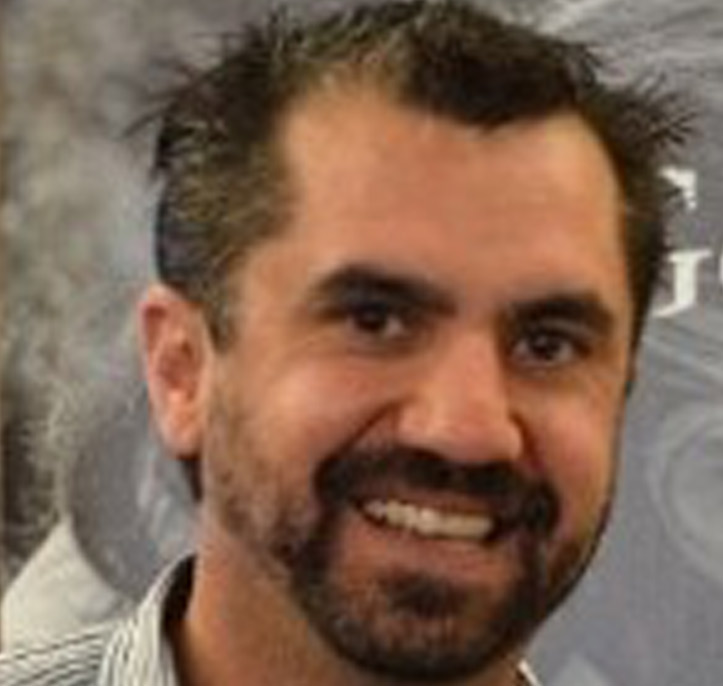
Jan Dean,
Strata Soil Sampling
Jan Dean
Jan has more than 17 years of experience in environmental, geotechnical, and exploration drilling. Since 2004 he has been Vice-President of Strata Soil Sampling and is responsible for the management of all Strata offices. He is an MOE licensed well technician, TDG Certified, Ground Disturbance Certified, Confined Space Certified, WHMIS Certified, and is trained in First Aid.
Introduction to the Membrane Interface Probe (MIP) in Ontario
The Membrane Interface Probe (MIP) is a down-hole tool developed by Geoprobe® that is used to provide semi-quantitative data regarding subsurface contamination. It consists of a specialized tip that has a semi-permeable membrane supported by a stainless steel screen. The subsurface is heated to between 100 and 120 degrees Celsius to increase the rate of volatilization of volatile contaminants. The contaminants diffuse through the membrane and are transported by a carrier gas to the surface. The carrier gas is then analyzed using one of a number of analytical instruments depending on the type of contaminant that is being investigated. The device is capable of assessing the distribution of chlorinated volatile organic compounds as well as light-weight petroleum hydrocarbons. The MIP can be used to quickly and accurately delineate dissolved phase zones. The placement of well screens and locations of soil samples can be improved with the use of the data. In addition, in-situ remediation can be approached in a much more accurate and efficient manner, targeting only the zones that are significantly impacted.